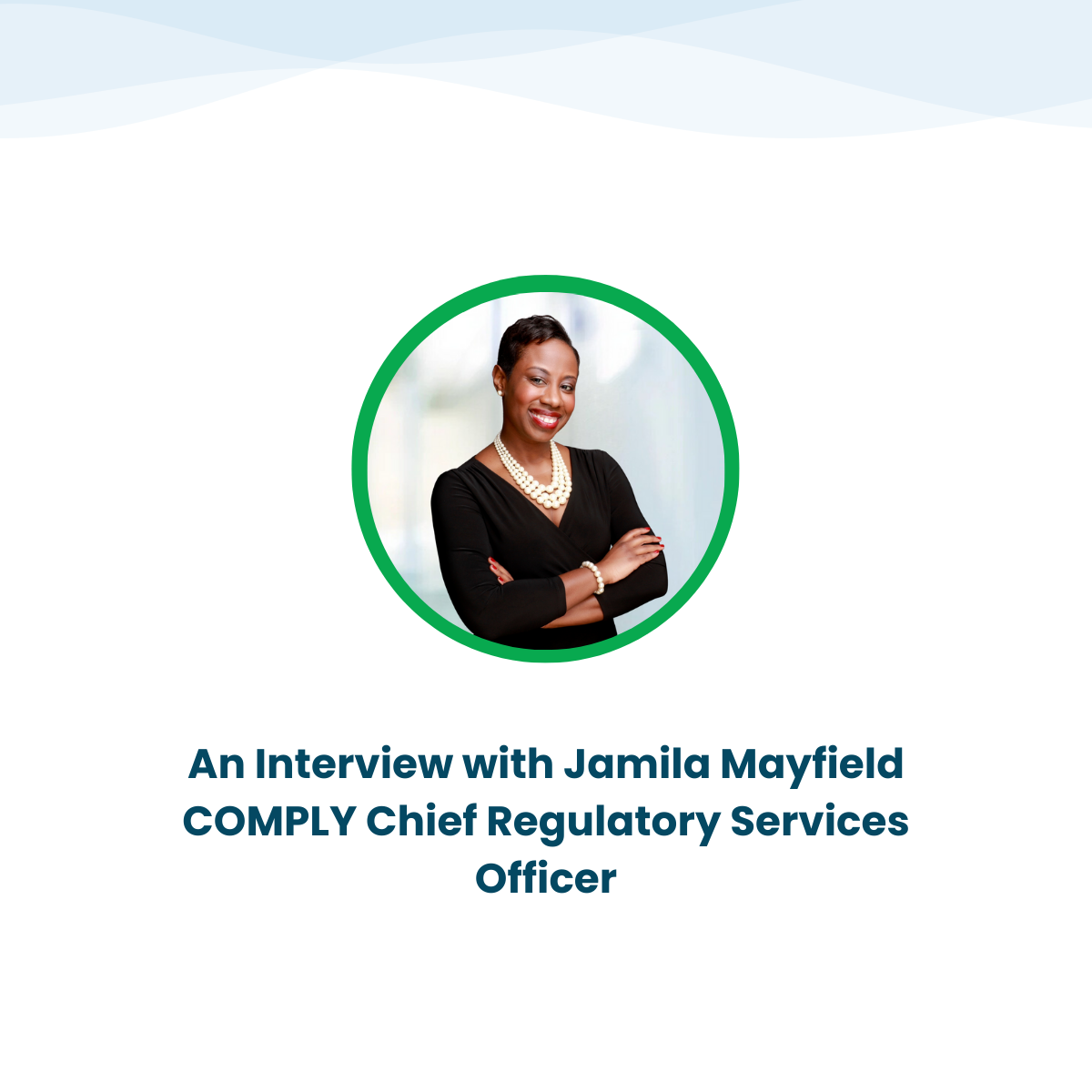Starting a new registered investment advisory (RIA) firm involves a lot of red tape – from business registration to licensing exams and even marketing, the to-do list can feel endless. But aside from the time and energy it takes to form an RIA, what are the initial costs of establishing your own firm?
The simple answer is that it varies based on assets under management (AUM), number of clients, the number of advisers/staff members, services/products offered and more.
In this blog post, we’re going to take a deeper look at areas that may incur specific costs when starting a solo-advisor firm.
How much does it cost to start an RIA?
Whether you’re operating with a sizable or shoe-string budget, here are some of the key aspects which may incur costs when starting your firm:
1. Entity formation and filing fees
Before you start prospecting or decorating your office, you’ll need to decide on the legal structure of your RIA firm. There are two common options, each of which have their benefits, drawbacks and nuances:
- S-Corporation (S-Corp)
- Limited Liability Corporation (LLC)
To be clear, an S-Corp is considered a tax status while an LLC is a corporate formation, but there are instances in which a business can be both. It may be worth your time to consult with a small business attorney to get advice specific to your firm’s needs.
LLC filing fees vary by state (and note that some require an annual fee). The cost of an S-Corp can also vary widely, with reports ranging from a few hundred dollars to several thousand.
Expert Tip: Small firms may benefit from using an online entity formation service, which can guide you through the process at a relatively low cost. Some of our clients have had success with Bizee, formerly known as Incfile.
2. RIA registration assistance
Hiring a compliance consultant to help navigate the RIA registration process is one of the best investments that an adviser can make while forming their firm. With the time involved and the regulatory risk of error, an outsourced compliance consultant is well worth the cost.
For example, our RIA registration package includes:
- Expert guidance through the registration process
- Access to our technology platform to track your registration progress 24/7
- Post-registration consultation with a compliance expert
- Technology systems consultation with an expert
- Free three months of unlimited Form ADV changes
Expert Tip: The registration process, even if managed as efficiently as possible, can take up to 2-3 months in some states, so it’s important to begin the registration process early in your firm’s formation process.
3. RIA firm regulatory fees
Each state charges an initial and annual firm filing fee, which can vary by location. The average cost is reportedly about $215, but you’ll need to budget an additional $100 for each additional representative at your firm.
Expert Tip: If you’re working with a compliance consultant or other online filing service, this fee might be rolled into your package – it’s worth checking!
4. Investment adviser representative (IAR) regulatory fees
Similarly, nearly every state charges an initial and annual IAR filing fee, which varies but is generally a few hundred dollars or less.
The Financial Industry Regulatory Authority (FINRA) may also charge a one-time processing fee per new IAR registered.
Expert Tip: The Investment Adviser Registration Depository (IARD) provides a free, downloadable chart of IAR fees by state, which can be accessed here.
A note on IAR continuing education (CE) credits: While separate from filing and processing fees, it’s important to keep in mind that recent regulatory changes require qualifying IARs to complete 12 credit hours of CE credits each year, which come with a reporting fee per credit per person. While that fee is small, the cost can easily add up if you have multiple IARs within your firm and might be pertinent to your budget.
Note: Not all states have adopted IAR CE requirements.
5. IAR exam fees
An individual associated with an advisory firm is generally required to register as an IAR, which usually includes successful completion of the Series 65 Exam.
Exam prep material may also add an expense, as the Securities Institute of America has stated: “Reading the Series 65 textbook is absolutely essential to passing the exam…Once you have completed the textbook, take as many Series 65 practice questions as you can.”
There are some study materials free online, while “official” practice tests and study guide packages can cost a few hundred dollars each.
Note that there are certain Series 65 exemptions available for individuals to meet the competency requirement as an IAR in most jurisdictions, such as a combination of a Series 7 and Series 66 examinations, a Certified Financial Planner (CFP), Chartered Financial Analyst (CFA) and others.
Expert Tip: While the cost of study materials may be optional, keep in mind that retaking the exam incurs a additional fee per attempt. Those practice tests are likely worth the cost!
6. Insurance/surety bond
While not always a state requirement, it’s a good idea to obtain sufficient insurance coverage, particularly as it relates to Errors & Omissions (E&O) coverage. This insurance protects your firm “against claims of inadequate work or negligent actions.”
Some states necessitate a positive net capital balance or surety bond. Surety bonds range in price based on the total bond amount.
Expert Tip: Be sure to review all insurance policies in great detail for any exclusions.
7. Marketing and advertising
Even if you don’t have a full-fledged marketing department at your firm, there are a few upfront marketing tasks you’ll want to check off your list, including:
- A website and web domain name
- Logo
- Business cards
- Social media accounts
Expert Tip: While you can put in the legwork to keep marketing expenses low, it may be worth the cost to outsource initial marketing, website and brand creation to a specialized agency that focuses on financial advisers (especially considering how time-consuming these tasks are). Often, marketing firms will work with you to create customized solutions that fit with your compliance needs and offer a better overall user experience for your prospects and clients.
8. Technology.
At minimum, you’ll generally need to purchase a new computer and desktop software (e.g. Microsoft Office).
You’ll likely also need adviser-specific technology (CRM, portfolio management, financial planning software, etc.) and general small business software applications (e.g. QuickBooks Online, email, etc.), but these usually do not require large upfront payments and are billed monthly.
Expert Tip: Explore our 2023 RIA Tech Survey to see which software solutions are most popular with firms of various sizes and gain inspiration for creating your own tech stack.
Remember that these listed costs are likely not all-inclusive, are subject to change and serve only as an estimation for planning purposes. Furthermore, your firm’s individual needs and any cost-saving strategies you choose to employ can greatly reduce or increase that number.
Navigating RIA registration with COMPLY
Whatever path you choose for your RIA, consider that there is tremendous value in making the necessary upfront investment to give your new firm the best chance at future success.
Considering starting a your own RIA firm? Download The Ultimate New Registration Toolkit to help you navigate the intricacies of registration… from start to finish!
At COMPLY, our RIA registration solution can connect your firm with a team of registration compliance consultants to guide you through the RIA formation process and create customized solutions for your new firm’s needs, not only helping your firm get up to speed but ahead of the curve.
Need further guidance on RIA registration? Let’s talk!
RIA in a Box LLC may have affiliate or partnership marketing arrangements with any or all of the vendors referenced in this blog post. You should always perform your own research and diligence on potential vendors.



